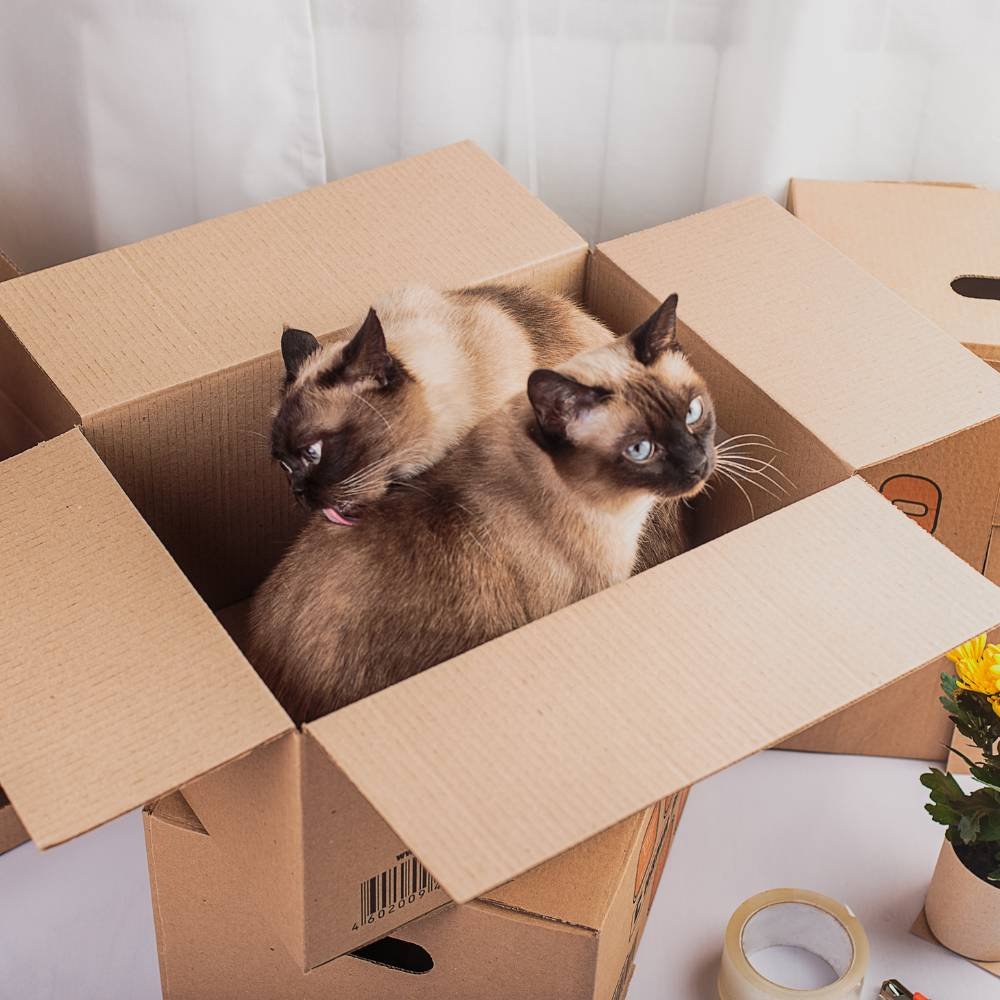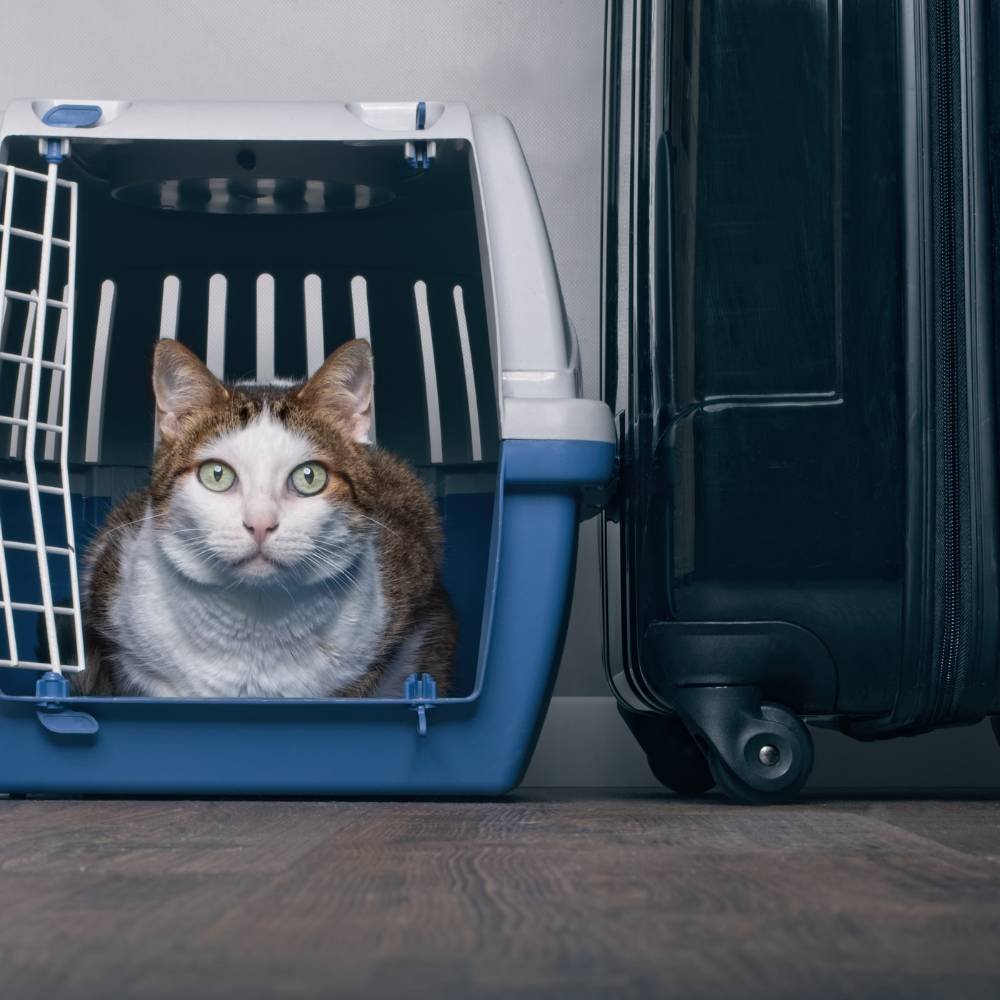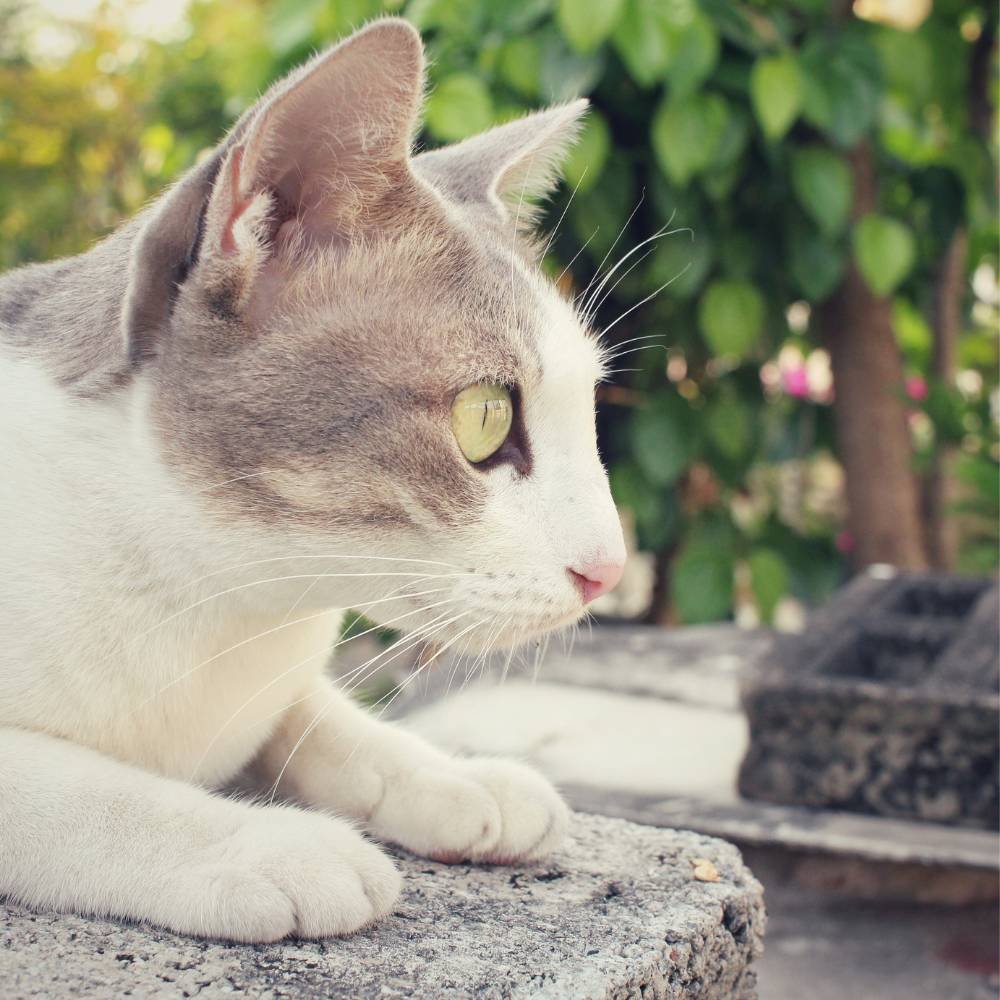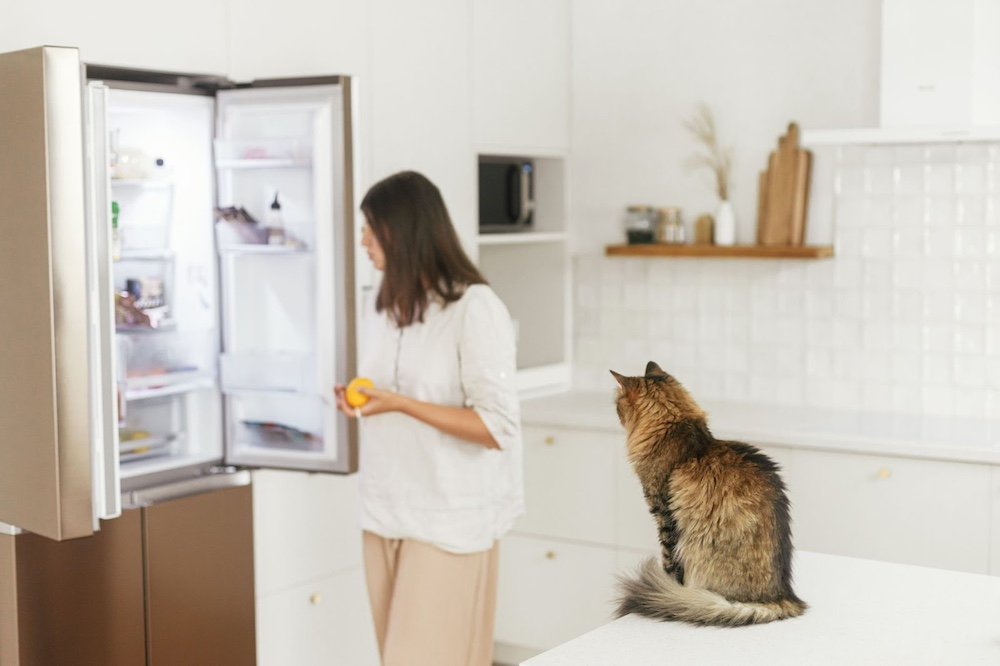
You’re moving to a new house. That can be an exciting time for the family, especially if you move to a more prominent place with more room for the kids and pets. However, moving is also a stressful time. There is so much to do, but if you have a cat, you should know they can feel more stress than humans doing all the work. Any disruption to their lifestyle can be upsetting for them. Here are some things you can do to help make the move easier for your feline friend. Hopefully, doing these things will help you and your cat make your new house a home.

Things To Do Before Moving House With a Cat
Same Routine
Keep your cat’s routine the same as much as you can. Meal times should stay at approximately the exact times. That may be the most important one, as we all know that cats like their meals at the right time. Also, if you spend time playing each day, that should be continued, and if the family settles down at a particular time, make sure that happens as well. The trick is to keep your cat as calm and settled as possible. Cats don’t see our problems the way we do, and if you can take that extra care to ensure they get the attention they need, your move will be more successful in the long run.
Make a Cat-safe Zone
A cat-safe zone is a place where your cat can make themselves at home without being underfoot while you are packing. These safe spaces are for your cat’s safety. They can keep your cat from getting in the way of what you are doing while you pack and can also make sure they don’t slip out an open door as furniture and boxes are carried out. To make a cat-safe space, you should start a week before packing. Moving your cat’s food, water, bedding, favorite toys, and litter tray into your chosen space would be best. Usually, these spaces are a spare bedroom or bathroom. They could just as easily be an empty pantry or bathroom that’s not being used.
Set Out the Cat Carrier

If you only leave the cat carrier out just before you go to the vet, your cat will associate the carrier with a nasty and stressful trip. It would be best if you gained their confidence that the carrier is a haven where they can nap in peace and enjoy their time inside even when the door is closed and it’s moving. You want your cat to get used to their carrier and spend time inside it. Try putting treats or toys inside if your cat avoids checking it out. If nothing else, try some pheromone spray. Your cat should have plenty of time to get used to their carrier before the move. A week would be good, just like the room you set up.
Traveling with your cat
If you are moving, you’ll likely be traveling with your cat, whether a few blocks or a thousand miles. Cats can travel with little effort, but they can also have problems or cause problems when traveling. Some cats do well outside the carrier, hanging out on the dashboard or sleeping in the seat. Others will try to rip their carriers apart as if their lives depended on it.
If your cat doesn’t travel well, you should speak to your vet about how to manage this. Depending on how your cat reacts to travel, your vet may suggest different carrier types, possibly advising you to cover the carrier. They may also be able to prescribe a tranquilizer for more severe cases. They can advise you when to give food and after if your cat gets car sick. Your vet can give you all kinds of tips and advice depending on the circumstances and duration of your trip.
Travel with your cat as usual – they will need a safe, enclosed carrier and should never be accessible within the car environment. Reassure your cat throughout the journey, ensure they have regular access to water, and keep the carrier out of direct sunlight. Never leave your cat alone in the car. If they tend to get car sick, you can withhold their food and water three to four hours before your trip.
Choose a New Vet
If you are moving to a place where you’ll change vets, you should find and register with one in your new area. Before you move is best. Signing up with a local vet is good in case of an accident involving your cat.
Change Microchip Information
Ensure your details are up to date for your cat’s microchip. That should be done a day or so before you move. If they wear one, a new tag for their collar should also be made with your further details.

In The New Home
Previous Pets in New House?
Were there cats in the house previously? If so, you’ll want to clean the house thoroughly, especially at cat level. The previous cats were sure to have marked their territory there. Your cat will want to do the same, but if there are old scents left, they will see it as a scent challenge, which may result in some unsavory reactions from your cat. Once your new house is clean, you can be sure your cat will be more comfortable in their new home.
New House Cat-safe
Be sure to check the new house, outbuildings, and yard for anything that might pose a danger to your cat. Housewarming gifts, especially plants such as lilies, are toxic to cats. Ensure that anything like that is out of your cat’s reach or tossed so your cat can’t get to them. Also, mouse poison, bug poison, traps, and things like that are all picked up so that your cat can’t get into them or eat a mouse or bugs that were poisoned. Outside, if your cat goes outdoors, ensure there is nothing they can get trapped in or hurt by.
Moving Day
Consider boarding your cat while you move. That may not be possible, but if it is, leaving your cat boarded while you move will help keep them stress-free and also keep you from worrying about them.
Safe Spaces for Your Cat
If you don’t want to or can’t leave your cat boarded, you should put your cat in the room you previously set up while you move out. That is only feasible if you aren’t driving a long distance. Do this the night before you head to the new house. Your cat and their things will be the last things you move. Doing things that way gives you and your family a chance to set up the house for the first night without worrying about your kitty getting lost. Before you settle down for the night, you can get your cat and their things to bring them to the new house.
After a long trip to a new home, it’s best to place your cat in their carrier inside one room you set aside, especially for your cat. Make sure the room can be closed to the rest of the house, and once you’re settled in for the night, check on your cat and spend some time with them. Don’t let them out at this point. That is where you should start setting things up for your cat and let them get used to their room before allowing them into the rest of the house.
Keep Routines
Try to feed your cat at their regular time, on their usual food, and spend a little time with them. Being calm will also help – your cat reads your emotions and will be more relaxed if you are. There will be less stress bringing your cat into your new home when everyone is settled, and it will help show your cat this new place is somewhere to relax. Your cat will get their emotional cues from you. If you are calm and relaxed, your cat will be too.
Unpack Your Cat’s Stuff First
Once at the new place, unpack your cat’s bedding, food, water, and toys while your cat is still in their carrier. Place your cat’s items in a room that can be closed off. That will give your cat a small space to start getting used to their new home.
Scent-swapping
Once you are in your new home and your cat is in their safe space room, you can bring in chair or couch cushions and blankets or towels that have your scent on them so that your cat has familiar scents around them to make them feel more secure and at home.
A trick to make your new home smell more like them is to rub a soft cloth around your cat’s face and then onto furniture and other places your cat might mark with their facial scent glands. Doing this may feel odd, but your cat will know the scent well as it is theirs. That will help them feel more comfortable and calm in the new house. Using pheromone dispensers or sprays will also help your cat settle in.

How to Get a Cat Used to a New Home
You should put your cat’s food, water, and litter in their safe room so they know this room is theirs. You can add your cat’s bedding and toys if you wish. These items will make the room seem even more like home for your cat.
Allow for Accidents
Once in the new house, you may want to expect your cat to have accidents. They may pee or poo in the new house where you’d rather they didn’t. That will happen until your cat gets used to the new house. Not all cats will do this, so it doesn’t mean your cat will have accidents for sure, but you should be ready in case.
Expanding Your Cat’s New Territory
Access to the new home should be done bits at a time, at your cat’s pace. As you let them out of their safe room to see more of the house, ensure all the doors and windows are closed. Your cat will be far from ready for the outside, even if they are used to the outdoors. You are in new surroundings, and the new house has enough territory to cover for a long while.
Going outside

When moving with an outdoor cat, you must take certain precautions. Outdoor cats will miss having outside access, but you must keep them indoors until they are used to the smells of their new home. Many cats have been lost by being let out too soon, getting turned around, or trying to return to their previous territory. You should keep your cat inside for at least three weeks. This time allows them to regard the new house as a home, scent-mark the area, and settle in. A trick to use during this time is to sprinkle some of your cat’s used cat litter around the yard perimeter. It can pre-warn other local cats that a new cat is in town and make the garden smell more familiar when you let your cat outside for the first time.
When you let them out, do this just before they are due to eat – this makes it much more likely they will return for dinner or at least at the sound of a rattling food bag. Never force your cat outside – leave the door open and go outside yourself. Leaving the door open will encourage them to follow. Don’t block the door in case they want to go back in.
Wanting to Go Home
Your cat may have a strong drive to go home to your old home because that is where they made home. All their instincts tell them that’s home. It would be best if you did everything possible to get them to decide your new home is theirs. Keep them inside the new home for at least three weeks without outside excursions. After that, supervised visits to the outside will be needed to help keep them in their new territory. On top of doing things that will keep your cat in the new place, you should give the new house owners your phone number and other information about the cat and the neighbors there in case your cat goes missing and shows up there.

Conclusion
Following a few tips to use with your cat or cats during a move will ensure they make it to the new house safely and happily. Following a few more will ensure your cat is happy there and will stay. Have you had any experience with moving along with your cat? How did it go? Did you have any problems? Did you have anything you did to make it easier on you and your cat? We’d love to hear your stories. Please leave a comment.